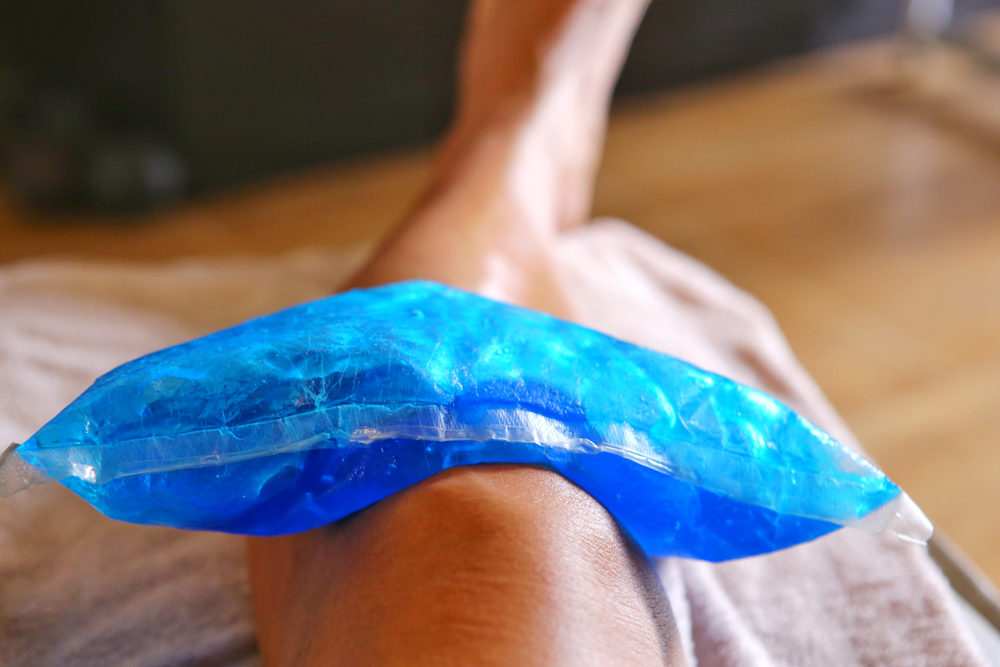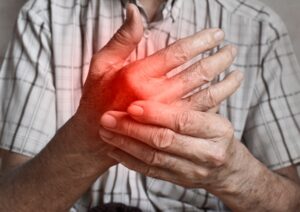Living with arthritis can be challenging, with joint pain and stiffness being constant companions. To find relief, many individuals turn to various methods, including applying heat or cold to affected joints. While both approaches can provide benefits, understanding the differences and knowing when to apply each one is crucial. In this blog post, we will delve into the advantages and considerations of using heat and cold therapy for arthritic joints. By the end, you will better understand which option might be best suited for your specific needs.
Benefits of Applying Heat
Heat therapy is a popular method for relieving arthritis symptoms and is particularly beneficial for stiff and achy joints. Here are some advantages of applying heat to an arthritic joint:
1. Improved Blood Circulation
Heat promotes vasodilation, increasing blood flow to the affected area. This enhanced circulation helps deliver essential nutrients, oxygen, and immune cells, which aid in reducing inflammation and promoting healing.
2. Muscle Relaxation
Heat helps relax tight muscles and reduces muscle spasms, which are often associated with arthritis. Relaxation of the muscles surrounding the joint can alleviate tension and improve joint mobility.
3. Pain Relief
Heat therapy can help alleviate pain by reducing sensitivity in the nerve endings around the joint. The warmth also provides a comforting sensation that distracts from the discomfort associated with arthritis.
Considerations for Applying Heat
While heat therapy offers numerous benefits, it is essential to consider the following factors before applying heat to an arthritic joint:
1. Acute Inflammation
Heat should not be used during periods of acute inflammation, as it can worsen swelling and discomfort. Instead, cold therapy is recommended to reduce inflammation.
2. Skin Sensitivity
Heat should be applied carefully, as some individuals with sensitive skin or circulatory issues may experience burns or irritation. Always use a protective barrier, such as a towel, between the heat source and the skin to prevent any adverse effects.
Benefits of Applying Cold
Cold therapy, also known as cryotherapy, is commonly used to relieve acute arthritis symptoms. Here are the advantages of applying cold to an arthritic joint:
1. Reduced Inflammation
Cold helps constrict blood vessels and decrease blood flow to the affected area. This constriction can reduce swelling and inflammation, providing temporary relief from pain and stiffness.
2. Numbing Sensation
Cold therapy has a numbing effect on the nerves, which can help alleviate pain and provide a soothing sensation to the arthritic joint.
Considerations for Applying Cold
While cold therapy can be beneficial, it is crucial to consider the following factors before applying cold to an arthritic joint:
1. Limited Application Time
Cold therapy should be applied for short periods, typically around 10-20 minutes. Prolonged exposure to extreme cold can damage the skin and underlying tissues.
2. Cold Intolerance
Some individuals may have a low tolerance for cold temperatures or conditions such as Raynaud’s disease. Cold therapy should be avoided or used with caution in such cases.
Both heat and cold therapy offer unique advantages when it comes to managing arthritis symptoms. Heat is effective for relaxing muscles, improving blood circulation, and relieving joint stiffness. On the other hand, cold therapy can help reduce inflammation and provide temporary pain relief. To determine the most suitable approach, consider the current state of your arthritis, whether there is acute inflammation and individual preferences. It’s always best to consult with a healthcare professional to ensure the optimal treatment plan for your specific condition.
When to see a Doctor
Arthritis is a common condition that affects millions of people worldwide. While some cases of arthritis can be managed with self-care and lifestyle modifications, it is crucial to know when it’s time to seek medical attention. By being aware of these warning signals, you can receive timely and appropriate medical intervention to manage your condition and improve your quality of life effectively.
Signs to visit your Rheumatologist
- Persistent or Worsening Symptoms
- Joint Pain and Stiffness
- Limited Range of Motion
- Chronic Inflammation
- Functional Limitations
- Difficulty Performing Routine Tasks
- Impaired Mobility
- Sleep Disturbances
At Pacific Arthritis our team of experienced rheumatology experts can help you overcome the symptoms of arthritis. Schedule a visit or a virtual appointment to meet with your physician from the comfort of your own home. Pacific Arthritis offers online appointments for new and current patients available on your smartphone, computer, or tablet. If you are suffering from the symptoms of arthritis and are interested in scheduling an in-person or telemedicine appointment, contact our office at (310) 297-9221 and visit our Los Angeles or Santa Monica location.




